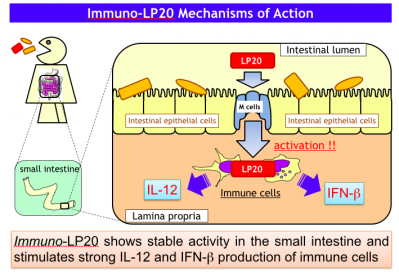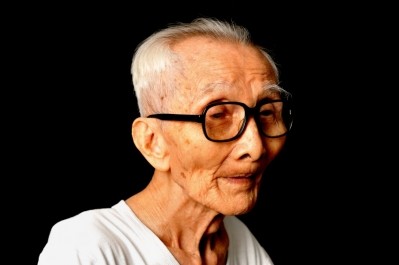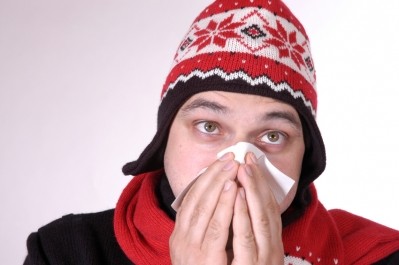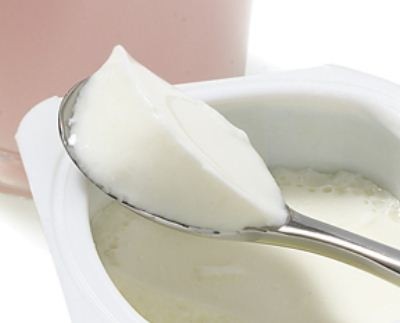Japanese supplier markets immune ingredient consisting of dead gut bacterial cells

The message about probiotics has shifted from just digestive health to include immune system modulation, as much of the body’s natural defenses are housed in the gut. The usual story is that viable probiotic organisms, once they begin colonizing the intestinal tract, crowd out bad bacteria in the gut. So much of the recent developments in the sector have centered on finding ways to deliver the dormant organisms intact through the acid test of the stomach to begin working their magic in the small intestine.
Heat killed bacteria obviously don’t share that weakness, but also will not multiply and colonize once they arrive in the intestines. But recent research has indicated that the immune system stimulating effect of the cells can be similar, and that dead cells adhere to the gut lining in a similar way as do live bacteria. This adhesion is one of the ways that probiotics are thought to exclude infections agents such asCampylobacter spp.
Stabilizing cell walls
House Wellness, based in Tokyo, uses a heat killed form of Lactobacillus, which it calls HK L-137, as the active ingredient of Immuno-LP20. The heat treatment not only kills the cell, but stabilizes the cell walls, which is a key factor in the ingredient’s effectiveness, the company says.
“Probiotics are defined as live microbes which are beneficial for human health, and the characteristics of probiotics are that they proliferate in the gut and pump out beneficial metabolites and other byproducts. Therefore, dead bacteria have no ‘probiotics-like’ effects. However, dead microbes have been also shown to exhibit beneficial effects that are equivalent to, or even greater than, live microbes. We have illustrated previously that cell wall condition of a live L-137, a key factor for stimulating immune cells, is unstable during storage periods even in a chilled condition, and its activity is attenuated by contact with digestive juices once it enters human body. We have also demonstrated that heat-treatment stabilizes cell wall of L-137 in good condition, and enhances immunomodulatory activity and stability in simulated digestive juices of L-137,” the company said in a statement release to NutraIngredients-USA.
And it is the stability of the cell walls that are the key to the ingredient’s effectiveness, the company said. Much of the immune system interaction arise from components of those structures, the company said.
“The bacterial components such as peptidoglycans, teichoic acids, glycoproteins, lipoproteins and nucleic acids are known as immuno-stimulating molecules. We have shown that lipoteichoic acids on Lactobacillus plantarum cell surfaces correlate with its immunomodulatory activity,” the company said.
The stable natue of the ingredient means it can operate even in the distal end of the gastrointestinal tract. It stability also eases processing and means the ingredient could potentially be used in a wide variety of foods and beverages where live bacteria would be inappropriate.
Sources:
Lebeer S, Vanderleyden J, De Keersmaecker SC.
Nat Rev Microbiol. 2010;8(3):171-84
Fujiki T, Hirose Y, Yamamoto Y, Murosaki S.
Biosci Biotechnol Biochem. 2012;76(5):918-22. Epub 2012 May 7









